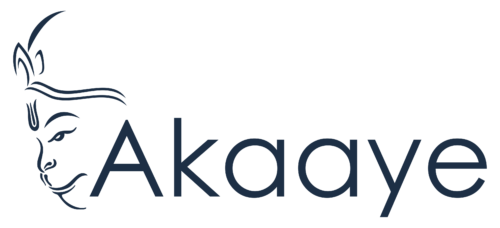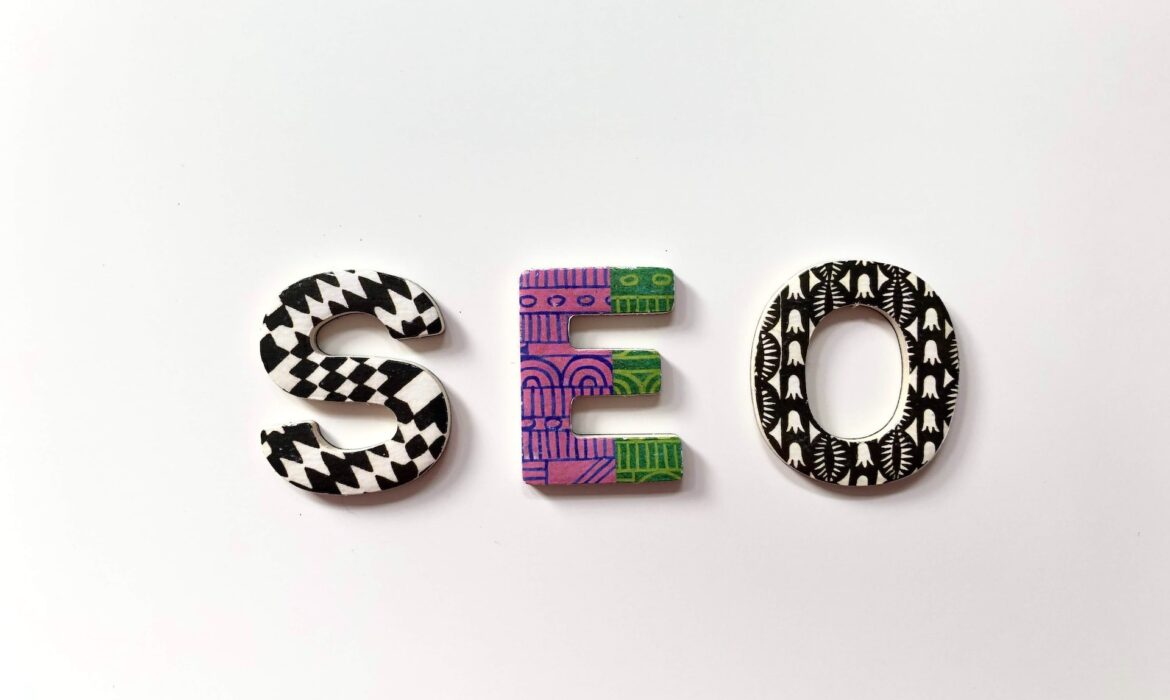An important aspect of search engine optimization is on-page SEO, which facilitates Google’s understanding of your website’s content. Your website will receive more organic traffic if Google understands your content well, which will lead to more conversions. When it comes to on-page SEO, there are many factors to consider.
- Creating URLs
In order for search engines to understand the relative relevance of a given page, the URL structure is an important factor. URLs should include keywords that describe the post’s content as well as be precise and friendly.
- The Title tag should be used
Search engines display your web page’s title when they observe the title tag. Google’s title page shows your content’s title when you search for it. Ensure that it is as compatible as possible. In addition to adding a keyword, you must keep it within sixty letters, don’t use too many keywords, all the characters need not be capitalized, and use attractive words or numbers.
- The process of creating a meta description
In general, a meta description contains 160 characters and summarizes your web page. 158 characters are allowed for desktop meta descriptions and 120 characters for mobile meta descriptions, according to recent algorithm updates. It should contain the most important keywords and summarize the subject of your webpage precisely. Meta descriptions that are appealing are essential for SEO, as they will attract clicks that will Your page will rank higher on Google if you increase its ranking. If you want to attract your target audience, keep it short and simple.
- Tags in headings
Tags for headings. Search engines will be able to understand how the website is structured and what its content is. In content, it is used to shape headings. From H1 to H6, there are six kinds of heading tags. H1 will carry the compelling significance, have the larger font, and gradually scale down to H6. Use of heading tags should be limited.
- The use of images
Images make web pages more engaging and appealing. Additionally, they provide space between paragraphs. While original pictures will enhance on-page SEO, if you don’t have any original pictures, you can use images from other sources. All you need to do is ensure that your images are high quality, compatible with your content, positioned correctly, and sized appropriately. The alt-tags of the stock images should also be written.
- Amount of content
In order to achieve a higher ranking, you must have quality content. For every web page, unique content is essential. A white hat SEO specialist is aware of the importance of the main content. Keywords should be incorporated into the first paragraph, and keyword density should be taken into consideration when writing content.
- Linking internally
It is essential to build an internal linking method as your website grows. Internal links assist crawlers in exploring your site, examining new content, and understanding different pages’ contents. The number of internal links on each page should be two to three in order to achieve compelling results.
In order to make a keyword appear in the top Google position, SEO specialists need to concentrate on On-page SEO factors. It is possible to grab the top rank if you can optimize the On page considerably.




